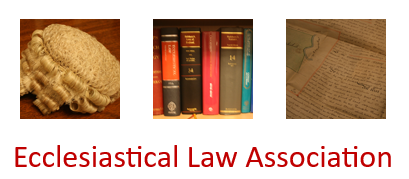Mr. Stephen Hinks petitioned on behalf of Mrs. Mary Maxwell-Irving, for permission to hang in the church a heraldic hatchment in memory of her late husband, Dr. Alistair M. T. Maxwell-Irving. The church, a Grade II* listed 12th-century building, already contained many memorials. The Parochial Church Council (PCC) unanimously supported the proposal, though the Diocesan Advisory Committee (DAC), by a majority, did not recommend approval, considering a hatchment anachronistic and questioning Dr. Maxwell-Irving’s connection with the parish. The Chancellor reviewed the law on memorials, especially Re St. Margaret Eartham (1981), Re St. Mary Longstock (2006), Re St. Mary Magdalene Adlestrop (2017), and Re Holy Trinity Bledlow (2020), concluding that hatchments occupy a “hybrid” category akin to heraldic banners, so the test of exceptionality applies. He found the Maxwell-Irving family’s historic contributions to the church, together with Dr. Maxwell-Irving’s scholarly and public service record, satisfied that test. The hatchment would complement existing heraldic windows and cause no harm to the church’s significance. Rejecting arguments of anachronism, he held continuity with tradition a virtue and directed that the faculty be granted.

